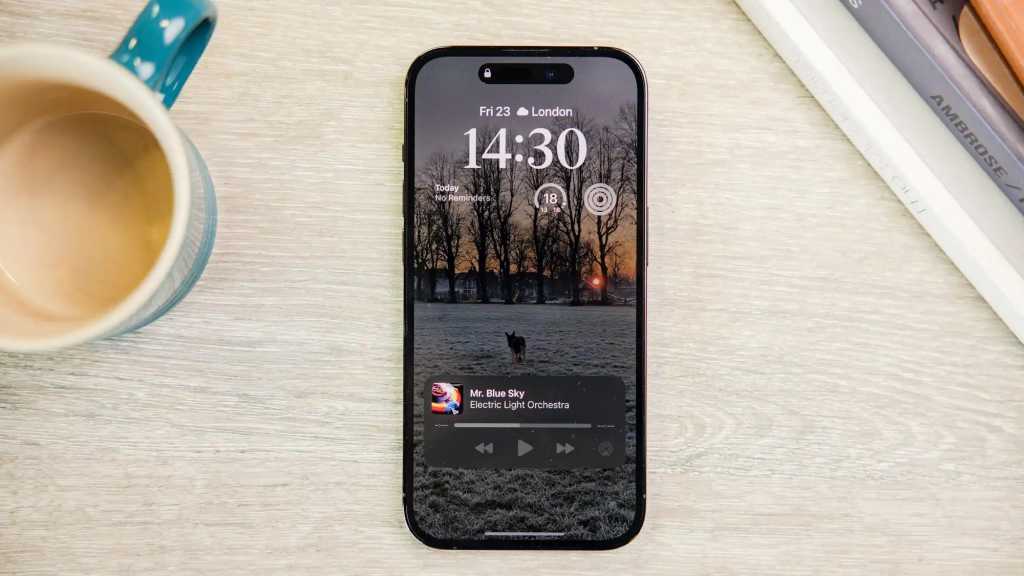When Apple introduced the Dynamic Island on the iPhone 14 Pro last year, it was an instant hit. And with reports that Apple is bringing the feature to the entire iPhone 15 lineup, the Dynamic Island looked set to be a part of iOS and the iPhone for years to come.
That might not be the case. According to a report in Korea-based The Elec (translation), Apple is moving to under-display Face ID for the iPhone 16 Pro, leaving the selfie camera as the only obstruction on the screen. According to the publication’s sources, the Face ID sensors won’t be visible when the display is turned on, though they will still function as normal.
Apple has worked to reduce the distraction of the notch over the past few iPhone revisions, shortening it by about 20 percent with the iPhone 13 and detaching it with the iPhone 14 Pro’s hole+pill design, but it’s still a major visual component of the screen. Apple embraced the iPhone 14 Pro’s new cutout with the Digital Island in iOS 16, but when it’s not in use, there’s still an empty black bar at the top of the screen.
While eliminating the Face ID components will make the screen cleaner and more immersive, it’ll create a problem for the Dynamic Island. Since it’s unlikely that Apple will eliminate the feature altogether, it’ll need to become more of a Dynamic Circle that expands and contracts into a much smaller space. That could be even more distracting than it is now.
The cutout change will likely only apply to the iPhone 16 Pro models, leaving the standard iPhone 16 with the same cutout as before. While Apple segmented the lines this year with the Pros having the Dynamic Island and the non-Pros having a static notch, it would be strange to eliminate it from the iPhone 16 Pro but keep it on the iPhone 16.
So we’ll have to see how Apple solves the problem. The Dynamic Island was a complete surprise when it arrived on the iPhone 14 Pro, so we might not know Apple’s plans for the cutout until the iPhone 16 Pro arrives.
The Elec also reports that Apple is expected to remove the camera hole completely when it moves to an under-panel camera in 2025.


